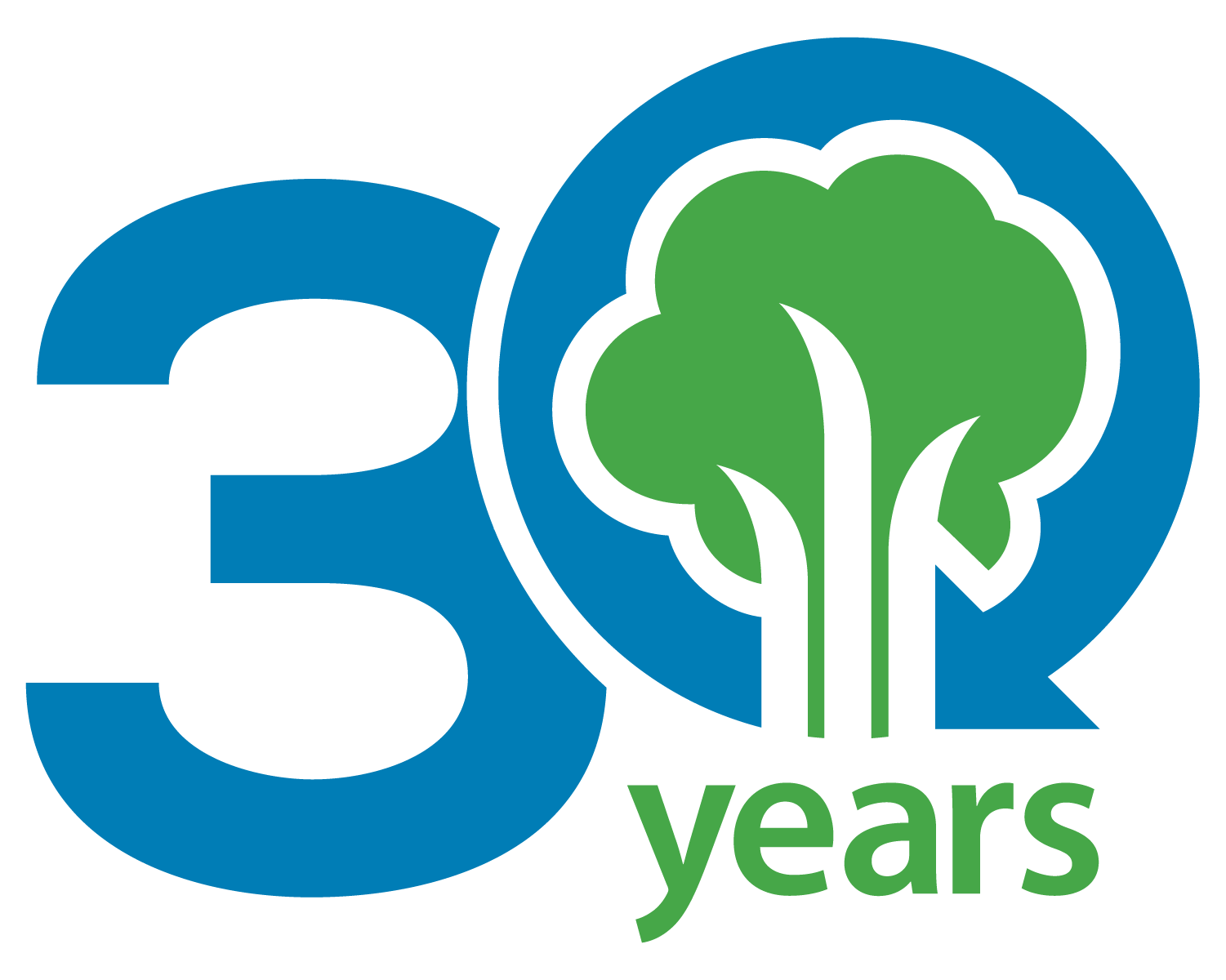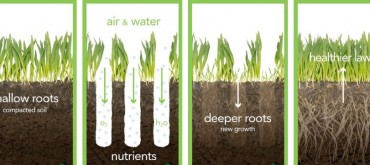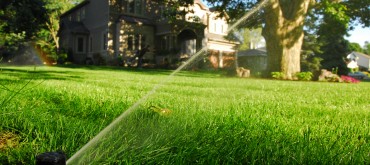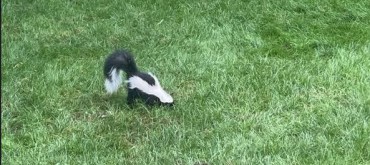As our lawn’s continue their journey of recovery out of the experienced summer heat, there is a turf disease currently active that you might have noticed by some orange staining on your favorite grass mowing shoes or on your mower once you’ve finished a fresh cut. If you have, no need to panic as the injury is usually short lived and causes no significant damage to the plant. This disease is known as lawn rust and presents itself as a reddish brown dust that can appear on the grass blades between June and October. It’s two biggest triggers are drought alongside a nitrogen deficiency within the soil when heavy morning dew is present with the arrival of cooler late summer nights.
So how can we prevent it from occurring, or fix it once it has occurred? First, we need to revisit the 3 macros of plant health. Most importantly, ensuring your lawn is on a regular good quality fertilizing schedule. This will provide the lawn’s soil with it’s required amount of Nitrogen along with other important nutrients improving its health and defense mechanisms, which will significantly lower your chances of experiencing not only lawn rust, but other disease as well. You will also want to ensure you are watering the lawn deeply and infrequently 1-2 times a week providing a minimum of 1 inch of water each time. This will not only aid in preventing drought stress that weakens the lawn’s defense encouraging the development of disease, but will also encourage deeper and healthier root growth improving the lawn’s overall condition and strength. Lastly, you will want to examine your current mowing practises. Ensure you are mowing on a regular basis (every 5-7 days) and cutting no shorter than 3 inches, with a sharp mower, preferably in the late morning hours.
In summary, it comes down to limiting stress factors within your lawn’s environment, and striving to create the best growing conditions to strengthen your lawn so it does not become susceptible to threats like weeds and disease. By working towards that goal you will achieve a greener lawn, healthier landscape, and better environment.
If you have any further questions or concerns regarding your lawn’s condition, or would like to learn more about your lawn’s environment feel free to explore more on our website below or contact our office.





